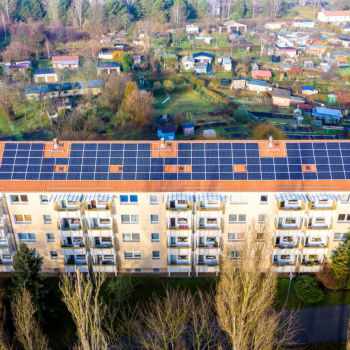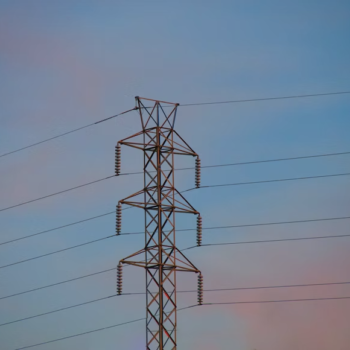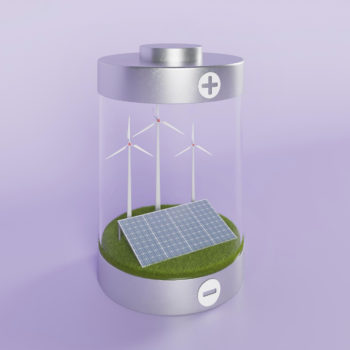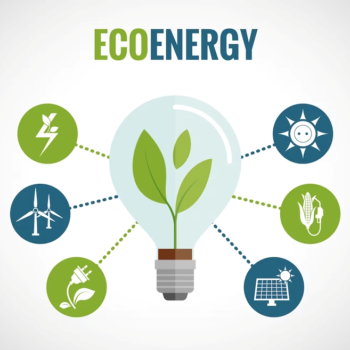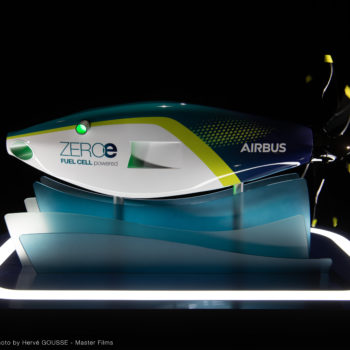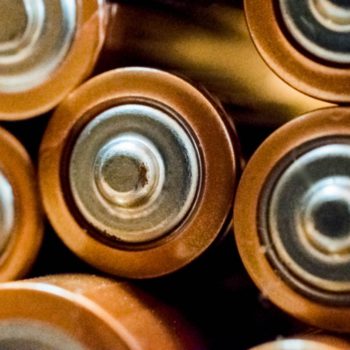|
|
What if wind turbines sent electricity directly to your home? If the wind farm was located far away from your house, the energy would be lost during its long journey through the power lines, fizzling out before it reached your TV. Alternatively, if the turbines were connected directly to your home, they would zap the building with such force that all your electronics would fry.
Transformer boxes turn energy into a manageable form so it can travel through power lines and safely power homes and businesses. Unfortunately, they have a long way to go to become environmentally friendly. Cleaning up the transformer industry will be a crucial step in making energy fully sustainable.
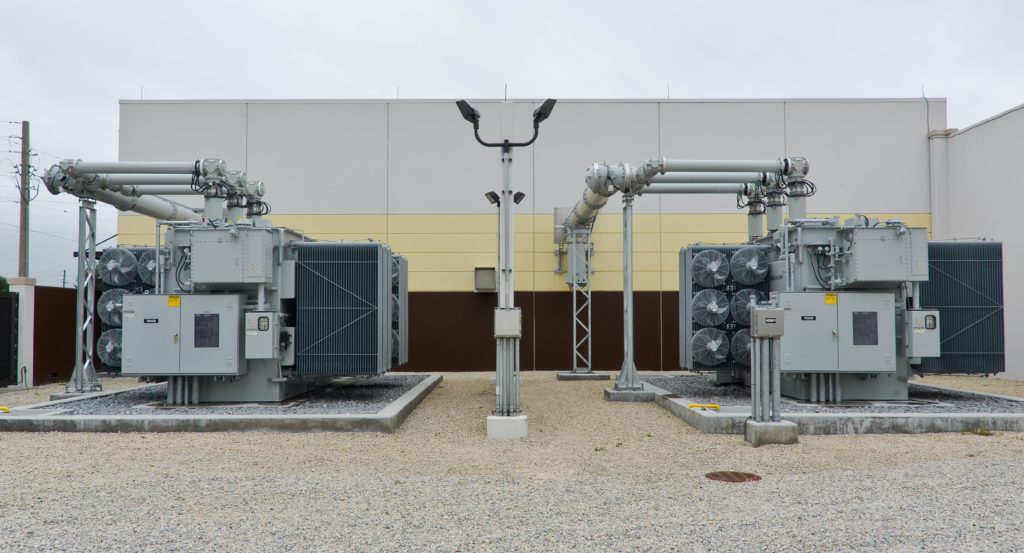
Smart Transformers
According to the International Energy Agency, losses from the transmission and distribution of energy — often through inefficient transformers and power lines — are as high as 18% in some parts of the world. Since most of that energy comes from fossil fuels, reducing energy loss to just 5% could keep 400 metric tons of carbon dioxide out of the air every year.
However, even transformers connected to renewable energy plants have sustainability issues. Traditional transformers are passive, meaning they cannot adjust to rapidly changing electrical loads. This flaw plays a big part in how transformers waste energy.
Some manufacturers are starting to use smart transformers. These systems use internet-connected sensors to monitor and manage voltage levels in real time. By managing electricity more efficiently, they can make the energy grid cleaner.
Another aspect of smart transformers is they allow predictive maintenance. For example, Schneider Electric created the EcoStruxure Transformer Expert to let users assess the health of their transformers. The monitoring software takes periodic oil samples to predict whether the transformer will need maintenance soon, potentially extending the life of the machine.
Easier Recycling
What happens to transformers when they stop working? A quick Google search will tell you that transformers have a life span of four to seven million years — but, unfortunately, this answer refers to the shape-shifting robots in a popular film franchise. If only real electronics lasted that long!
Real transformers typically retire after 25-50 years of service, at which point it’s time to recycle them. Recycling transformers is always worth the effort because they contain so many precious metals.
There are two basic types of transformers — dry and liquid-filled. Dry transformers are much harder to recycle because their coils have an epoxy or quartz resin coating on them, and separating it from the coils is too energy intensive to be practical. Liquid-filled transformers are much easier to process, with about 75% of their material being recycled or reused.
A shift toward 100% liquid-filled transformers would make recycling much easier, as would using copper for the high-voltage winding inside transformers.
High-Temperature Superconducting Transformers
One way transformers could be more sustainable is if they were smaller and more efficient. Researchers are testing high-temperature superconducting (HTS) transformers, which could, theoretically, transform electricity without resistance using the help of superconducting materials. These devices would be incredibly powerful and would minimize energy losses. Trials of HTS transformers are still in the experimental phase, but the results so far are promising.
More Efficient Cores
A transformer’s core sits directly at the center of the transformer, and it’s a critical component of the system. It uses electromagnetic induction to transmit power from one source to another.
Traditional transformer cores are made from silicon steel, but this metal leads to high energy losses. Today, the transformer industry is shifting toward using more amorphous metal alloys — which are up to 80% more efficient than silicon steel — in transformer cores.
Eco-Friendly Oils
Another positive development in the transformer industry is the use of greener materials. Traditional transformers usually contain naphthenic oil or paraffinic oil, both of which come from fossil fuels and are not biodegradable. That means they can become pollutants if they spill out into the environment. They also carry a high fire risk.
Now, the development of biodegradable ester fluid eliminates the environmental risk if the oil happens to spill. It breaks down quickly and does not harm the surrounding ecosystem. Plus, it only catches fire at 680 degrees F (360 degrees C) and above, which is the highest fire point of all alternative transformer oils.
Another benefit of ester-based transformer oil is that transformers that use it can be smaller. Building smaller transformers means using less material — such as copper and silicon — in their construction, and that’s better for the environment.
New Energy Regulations and Policies
Making transformers sustainable is easier with government regulations in place. These rules outline standards for building and operating transformers, and they penalize companies that don’t comply with sustainability goals. Some examples of new laws governing the transformer industry include:
1. Ecodesign Directive From the European Commission
The Ecodesign Directive outlines the requirements for designing energy-efficient, environmentally friendly transformers within the European Union. The framework is highly technical, but it essentially sets electrical guidelines for companies that build and operate transformers. It took effect in July 2015.
2. Waste Electrical and Electronic Equipment Directive (WEEE)
This organization may have a somewhat silly acronym, but it sets very serious laws. WEEE governs the collection, recycling and recovery of electronic waste in Europe, including waste from electrical and telecommunications equipment.
Before the regulation took effect in 2003, people were throwing hazardous electrical equipment in the garbage. Now, recycling the waste from transformers and other electrical equipment plays an important role in establishing a circular economy.
3. Energy Conservation Standards for Distribution Transformers
In 2022, the U.S. Department of Energy proposed new energy-efficiency standards for distribution transformers. Under the new standards, nearly all transformers would have amorphous steel cores that would significantly boost their energy efficiency. If the U.S. government adopts the rule, it will take effect in 2027.
Sparking a Movement
The shift to renewable energy is well underway, and it will bring much-needed changes to the world’s environment and economies. You might not give them much thought, but transformers are a critical part of the energy supply chain — and they need to be sustainable just as much as the more visible parts of the system. By supporting companies that take sustainability seriously, we can ensure a greener future for everyone.



